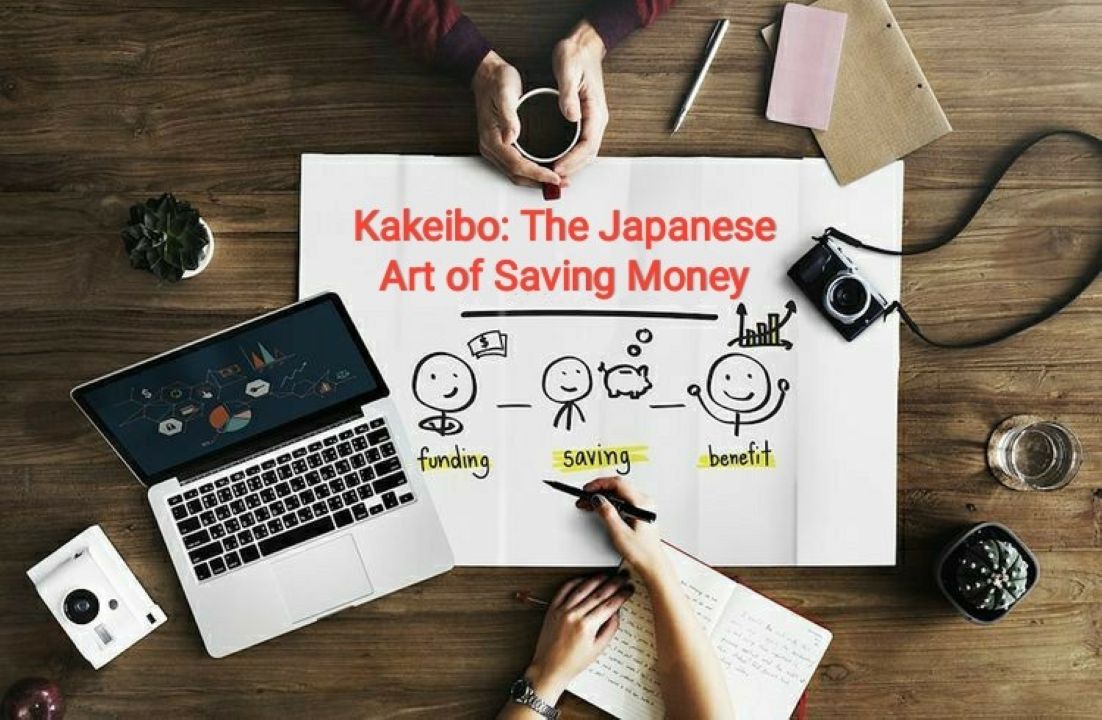
6 Japanese Saving Method to Help Your Money Grow Quickly
Light House Denver – Saving money the Japanese way is a powerful method to manage your finances well and maintain stability amid global economic uncertainty. In Japanese culture, a unique philosophy called kakeibo has helped many people manage their money more wisely.
Kakeibo is a Japanese saving method introduced by journalist Makoto Hani in 1994. It gained renewed popularity through the 2017 book Kakeibo: The Japanese Art of Saving Money by Fumiko Chiba. Unlike modern techniques that rely on digital apps, kakeibo encourages manual recording using pen and paper. This writing process helps you become more mindful and reflective about your spending habits.
“Continue Reading: Why Is Dubai Chocolate Going Viral Worldwide?”
One of kakeibo’s principles is to reflect on these questions before making a purchase:
These questions help control impulse buying and distinguish between true needs and fleeting wants.
Start by writing down all your income at the beginning of the month, including your regular salary and any extra earnings. Writing by hand helps you truly understand your cash flow.
Set aside money for savings first, then allocate the remaining funds to different spending categories such as essentials, entertainment, personal growth, and unexpected expenses.
Don’t rush to purchase an item. Give yourself at least one full day to assess whether you really need it. If after 24 hours you still want it and your finances allow, then go ahead and buy.
Frequently reviewing your bank balance helps you control spending and stay focused on your budget limits.
Keep a small note in your wallet that says, “Do you REALLY need this?” This reminder encourages you to rethink before making a purchase.
Paying with cards can make you less aware of how much you’re spending. Try using cash to be more cautious and in control when shopping.
The kakeibo method is not just about saving money but also about building awareness and control over your financial habits. By recording, reflecting, and consciously planning your expenses, you can improve your spending patterns and save more effectively.
Start practicing these Japanese-style tips and see how your money can quickly add up without feeling burdensome. Good luck!
“Read More: The Dangers of Gadgets on Children’s Sensory Development”